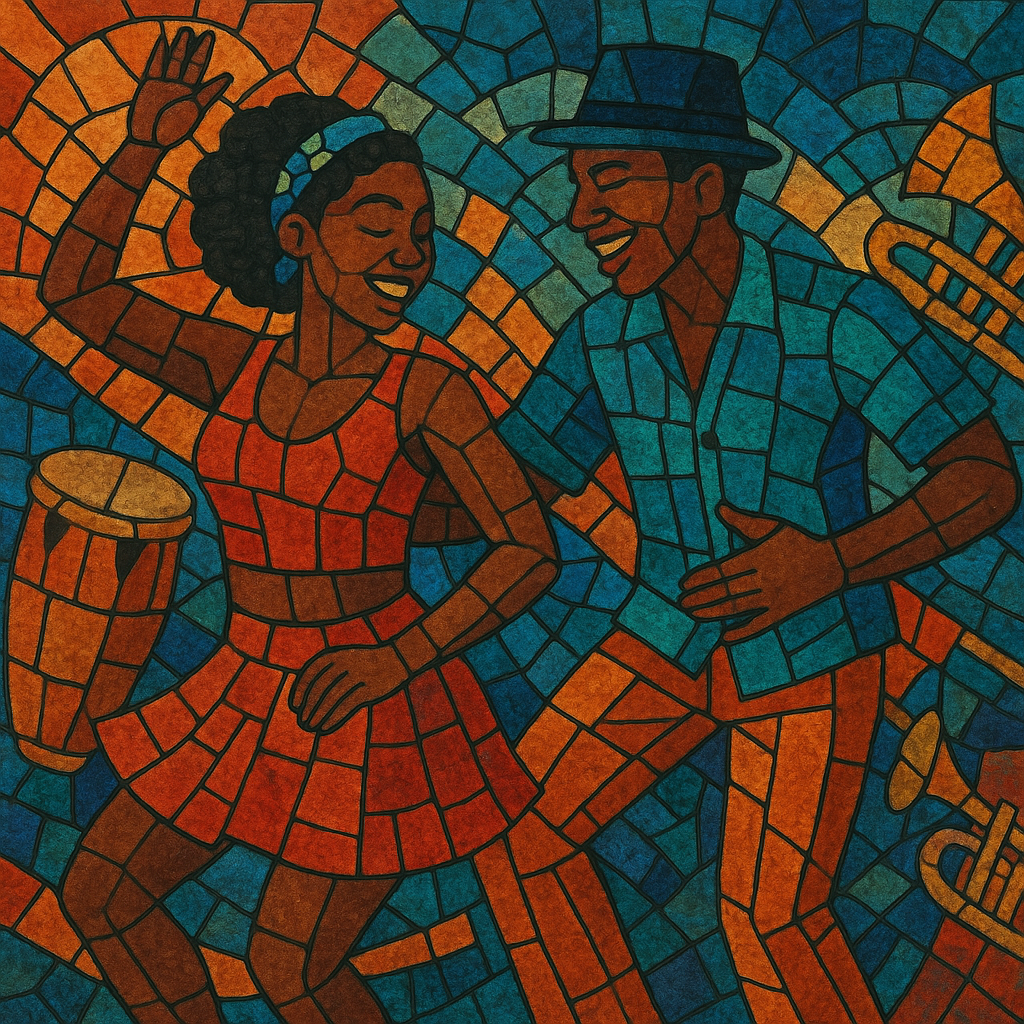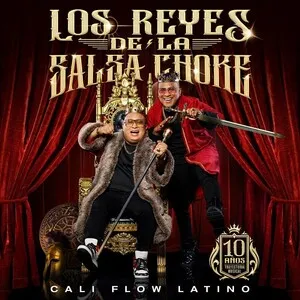Salsa choke (often written salsa choque) is a high-energy Colombian urban dance music that fuses the rhythmic feel and call‑and‑response hooks of salsa with the dembow-driven pulse of reggaeton and elements of hip hop and dancehall.
Built for parties, street dance “choques” (dance-offs), and stadium chants, it typically features looped salsa piano montunos, bright brass stabs, and crowd-style choruses over a big, syncopated reggaeton kick–snare pattern. Compared with classic salsa, its harmony is simpler and more repetitive, while the percussion and bass are heavier and electronic, giving it a distinctly modern club edge.
Salsa choke emerged in Colombia—especially in Cali and the Pacific coast cities—in the late 2000s and early 2010s. Local DJs and MCs began layering salsa piano montunos and brass hits over reggaeton’s dembow and hip hop beats, mirroring the atmosphere of neighborhood “choques” (dance collisions/battle parties) where call‑and‑response chants and energetic footwork dominated. The term “choque/’choke’” references those dance clashes and the collision of styles.
The style went national in the early–mid 2010s when tracks like “Ras Tas Tas” by Cali Flow Latino became viral party anthems. In 2014, Colombia’s national football team popularized the dance and the song during World Cup celebrations, pushing salsa choke from local scenes to national media, clubs, and street festivities across the country.
Following its breakout, salsa choke solidified a recognizable production template: dembow-driven drums around 95–110 BPM, looped salsa motifs, crowd chants, and drops tailored for choreographed routines. While rooted in salsa’s feel, producers favored electronic percussion, sub-bass weight, and simplified harmonic cycles for maximum dance impact. The sound also intersected with other Colombian urban currents (champeta urbana, reggaeton colombiano) and, at times, Afro–Pacific rhythmic sensibilities.
Salsa choke remains a staple at Colombian parties, dance academies, and sporting celebrations. It symbolizes the creative fusion of salsa heritage with contemporary urbano aesthetics, representing Cali’s identity as a salsa capital while speaking the rhythmic language of modern Latin club music.





